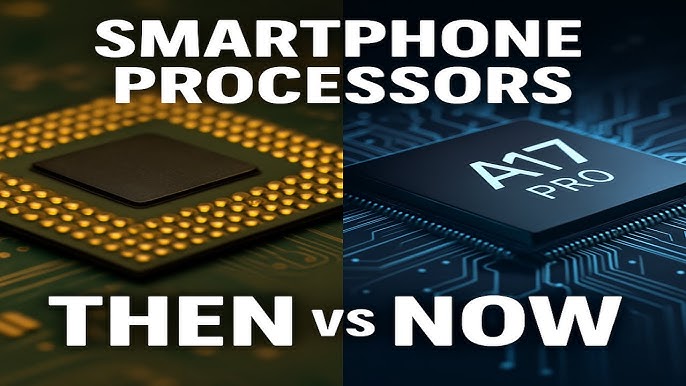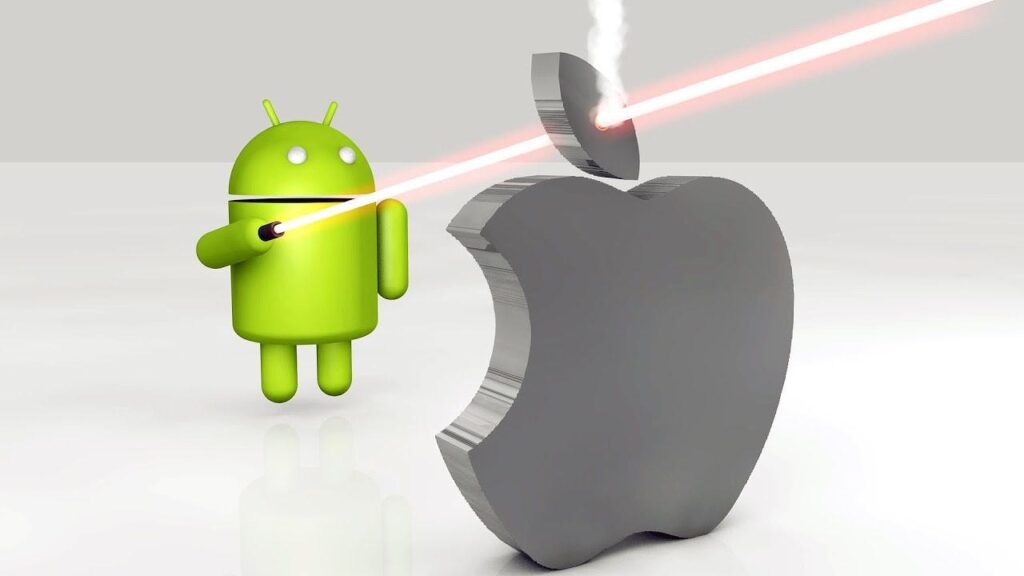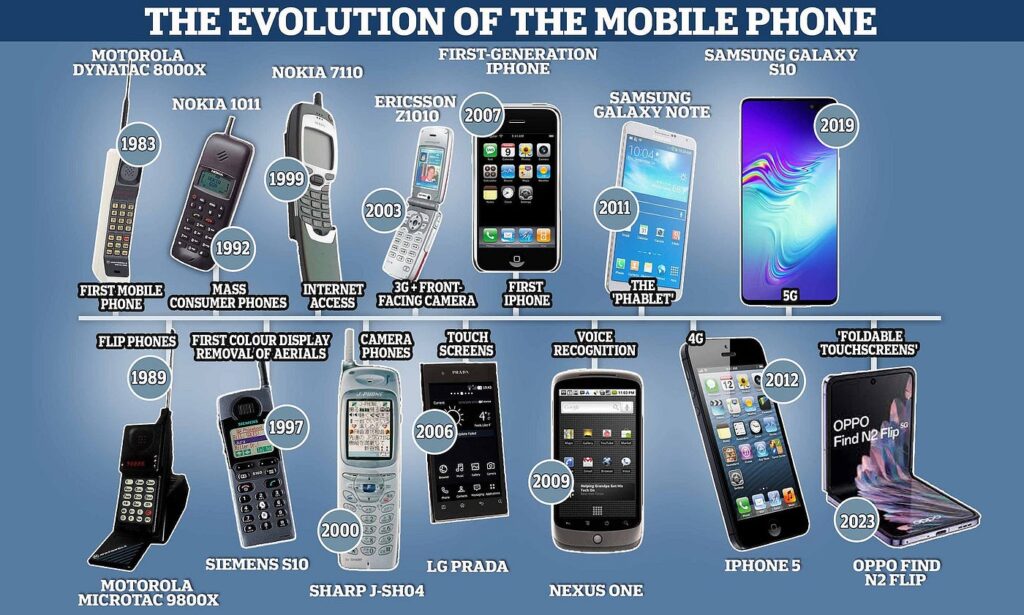In today’s fast-paced digital world, smartphones have become the center of our lives. Whether it’s streaming videos, playing high-end mobile games, or multitasking between apps, the performance of your smartphone is more crucial than ever. But what really powers your device? The answer lies in the mobile processor, also known as the SoC (System on Chip).
This article explores the evolution of mobile processors, what makes them fast, and why they matter in your daily smartphone experience.

Understanding Mobile Processors (SoC)
A mobile processor is the brain of your smartphone. It’s more than just a CPU (Central Processing Unit); it’s a combination of multiple components including:
-
CPU: Handles general processing tasks.
-
GPU (Graphics Processing Unit): Manages visuals and gaming.
-
NPU (Neural Processing Unit): Manages AI tasks like facial recognition.
-
ISP (Image Signal Processor): Handles camera data.
-
Modem: Manages internet connectivity (4G, 5G, etc.).
The integration of these components into a single chip helps save space and power while boosting performance.
A Brief History of Mobile Processors
1. The Early Days
In the early 2000s, mobile phones were mainly used for calls and texts. Their processors were slow and had limited capabilities.
-
First mobile processors were single-core.
-
Phones could barely support simple games or apps.
-
Battery life was prioritized over power.
2. The Rise of Smartphones
The launch of the iPhone in 2007 changed everything. With the introduction of apps and touchscreens, mobile processors had to evolve.
-
Dual-core processors became common.
-
Snapdragon, Exynos, and Apple A-series chips began competing.
-
Performance began to catch up with basic computers.
3. Multi-Core Era and AI Integration
In the 2010s, mobile processors started incorporating:
-
Quad-core and octa-core CPUs.
-
Dedicated AI engines (NPUs).
-
Faster GPUs for high-end gaming and video editing.
This brought us closer to the PC-level power in our pockets.
What Makes a Smartphone Processor Fast?
-
CPU Architecture
-
Modern processors are based on ARM architecture.
-
Efficient cores handle background tasks, while performance cores handle demanding ones.
-
-
Nanometer Process (nm)
-
The lower the nm, the more efficient and faster the chip.
-
Example: Snapdragon 8 Gen 2 is based on 4nm, offering better speed and power management than a 7nm chip.
-
-
Clock Speed (GHz)
-
Higher GHz means faster processing.
-
Most current flagship CPUs run between 2.8GHz to 3.2GHz.
-
-
GPU Performance
-
A strong GPU means better gaming, smoother animations, and more powerful rendering.
-
GPUs like Adreno (Qualcomm), Mali (ARM), and Apple’s GPU dominate the space.
-
-
RAM and Storage Speed
-
Faster LPDDR5 RAM and UFS 4.0 storage enhance overall performance.
-
A powerful CPU still needs fast memory to operate efficiently.
-
-
AI Capabilities
-
NPUs help offload AI tasks from the CPU and GPU.
-
Enables faster image processing, voice recognition, and more.
-
Top Mobile Processor Brands in 2025
-
Qualcomm Snapdragon – Known for flagship chips like Snapdragon 8 Gen 3.
-
Apple Bionic Series – The A18 Bionic leads in raw power and efficiency.
-
Samsung Exynos – Found in many Samsung models outside the U.S.
-
MediaTek Dimensity – Affordable yet powerful, especially in mid-range phones.
-
Google Tensor – Optimized for AI and used in Pixel devices.
Flagship Mobile Processors in 2025 (Comparison)
| Processor | Architecture | Node | Clock Speed | AI Performance |
|---|---|---|---|---|
| Snapdragon 8 Gen 3 | ARMv9 | 4nm | Up to 3.36 GHz | Excellent |
| Apple A18 Bionic | ARM Custom | 3nm | 3.7 GHz | Exceptional |
| MediaTek Dimensity 9300 | ARMv9 | 4nm | 3.25 GHz | Great |
| Google Tensor G3 | ARM | 4nm | 2.91 GHz | Strong focus on AI |
| Exynos 2400 | ARM | 4nm | 3.1 GHz | Competitive |
Why Mobile Processors Matter to You
A better mobile processor means:
-
Faster app loading
-
Smoother gaming
-
Better battery life
-
Improved camera performance
-
Enhanced security and AI features
Whether you’re a gamer, a professional, or a casual user, a fast processor means your phone will remain smooth and reliable longer.
Future of Mobile Processors
Looking ahead, expect the following:
-
3nm and even 2nm chips for better efficiency.
-
Greater use of AI and machine learning.
-
Integration of desktop-class features.
-
Better thermal management in slimmer phones.
Conclusion
Mobile processors have come a long way from simple single-core chips to advanced SoCs with AI, powerful GPUs, and lightning-fast CPUs. The next time you’re buying a smartphone, pay close attention to the processor — it’s the foundation of your device’s performance.


